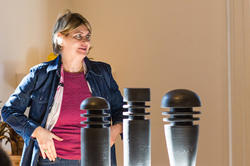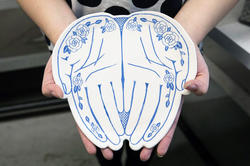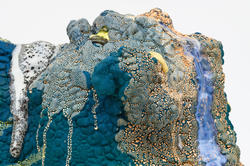Ceramics Department Head Katy Schimert earns awards from both the Guggenheim and the Joan Mitchell foundations.
Vital New Voices in Ceramics
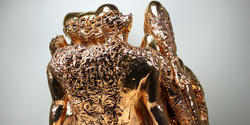
Two of the six emerging artists recognized this spring by the National Council on Education for the Ceramic Arts (NCECA) are recent graduates of RISD's MFA program in Ceramics: Ling Chun MFA 16 CR and Stephanie E. Hanes MFA 17 CR. Both live and work in Seattle, where they juggle their creative practices with teaching. Since NCECA’s annual conference was cancelled due to COVID, the organization is spotlighting their work online and will host this year’s honorees at its next gathering—in March 2021 in Cincinnati, OH. Here Chun and Hanes discuss their respective projects, processes and inspirations.
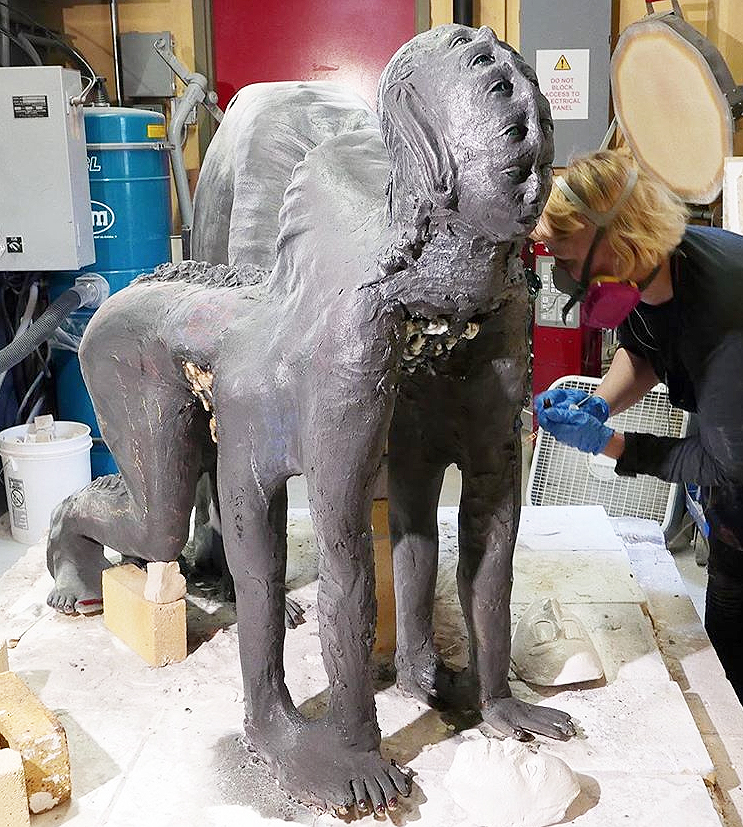
You’re both incredibly prolific makers. What drives your work?
Hanes: As a feminist, I explore the “grotesque body” and its repression, attempting to bring out the shadow self—the darker ideas of femininity. I’m also thinking about fragmentation: bits of the self that are passed down through time from mother to daughter.
Are these ideas that you began exploring as a student at RISD?
Hanes: When I was at RISD, I took a Wintersession photography class that changed my way of making. I was using a mirror to split the image of the body, which sparked my interest in making figurative work in a 3D setting. I’ve always been interested in photographers who use movement, like [the late RISD graduate] Francesca Woodman 79 PH.
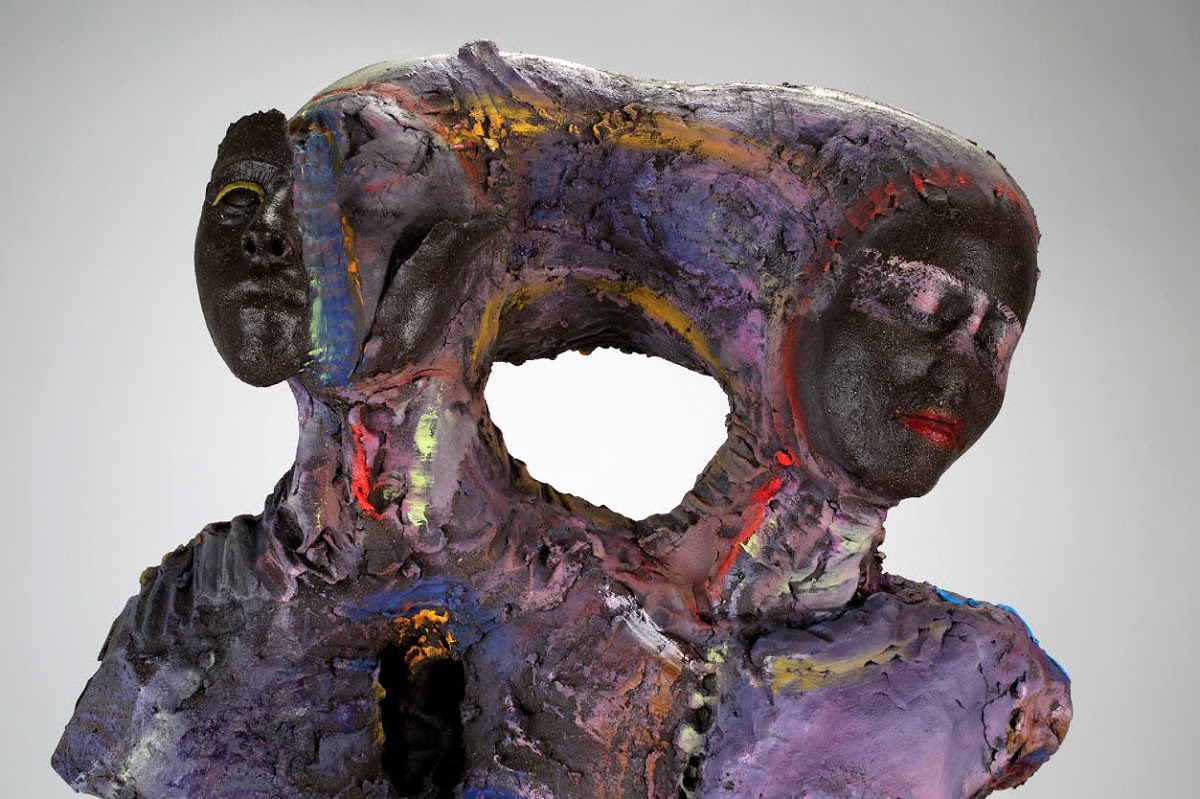
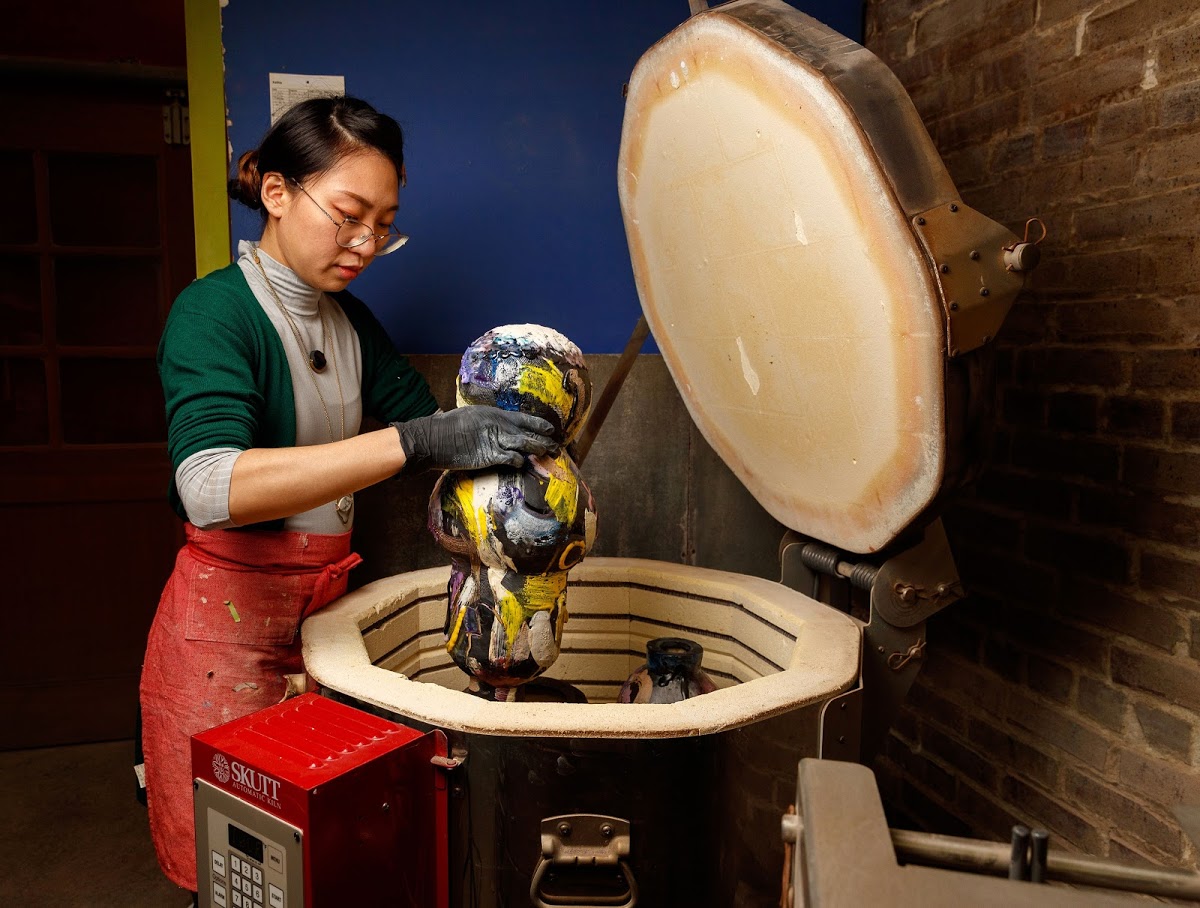
What about you, Ling?
Chun: From the beginning, language has been a big part of my work. When you’re translating from one language to another, there’s always a gap. I use my work to fill that gap.
My work is also related to cultural stereotypes. No matter how you identify, your genetics and skin tone cause people to make assumptions. It’s the one story people have heard. But everyone has multiple stories that make up who they are. You have to revisit a person—or a piece of art—again and again before you can really understand it.
“No matter how you identify, your genetics and skin tone cause people to make assumptions.”
You both immigrated to the US—Ling from Hong Kong and Stephanie from Canada. How much does a sense of otherness or of being an outsider play into your work?
Hanes:I think a lot about how I became who I am. I grew up in an extremely small, rural town in Canada. I had a hard time coming to terms with my feminine identity. So, I was seen as a “weird person” and had to learn to fit in.
Moving to the US was an eye-opening experience. I was confronted with what it means to have white privilege and how to be an ally. At RISD, I experienced culture shock and struggled with American notions of race and class.
Chun:This is my 12th year in the US. After six or seven years, I no longer needed to translate from Cantonese to English; I started thinking and dreaming in English. That marked a switch in my identity from an outsider to a first-generation Hong Kong immigrant.
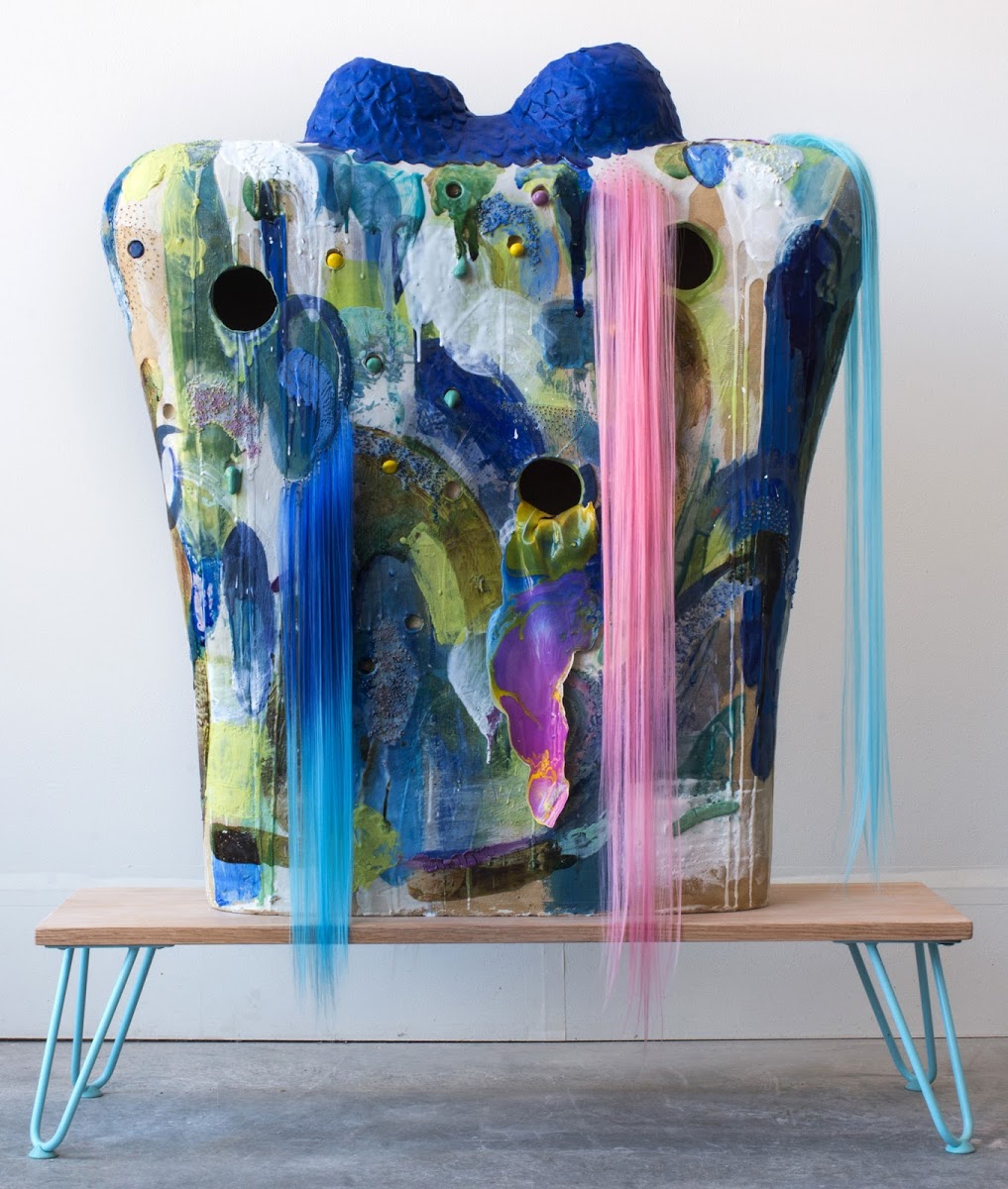
Were you always drawn to ceramics?
Chun: I studied communication design as an undergrad at SAIC [School of the Art Institute of Chicago]. But it wasn’t something I felt truly good at; it wasn’t my calling.
Then I got an apprenticeship at Seward Park Clay Studio here in Seattle. The studio director, Peter Olsen, also owned a gallery where I could show whatever I wanted. That’s how I created my portfolio for grad school at RISD. That put me on this path.
Will you talk a bit about your process?
Hanes: My process is intuitive. I let my hands guide what I’m making, and sometimes I’m surprised by the result. I know glaze chemistry well enough that if I have an idea, I just go for it. Sometimes it doesn’t work out well and I have to re-fire it a couple of times to fix it, and sometimes happy accidents happen in the kiln.
“My process is intuitive. I let my hands guide what I’m making, and sometimes I’m surprised by the result.”
Chun: I see myself as a stage designer. I’m designing a stage (or form) that will allow the glaze to perform. Some glaze drips, some crawls, some doesn’t move at all. If it doesn’t react how I want it to, I re-fire it.
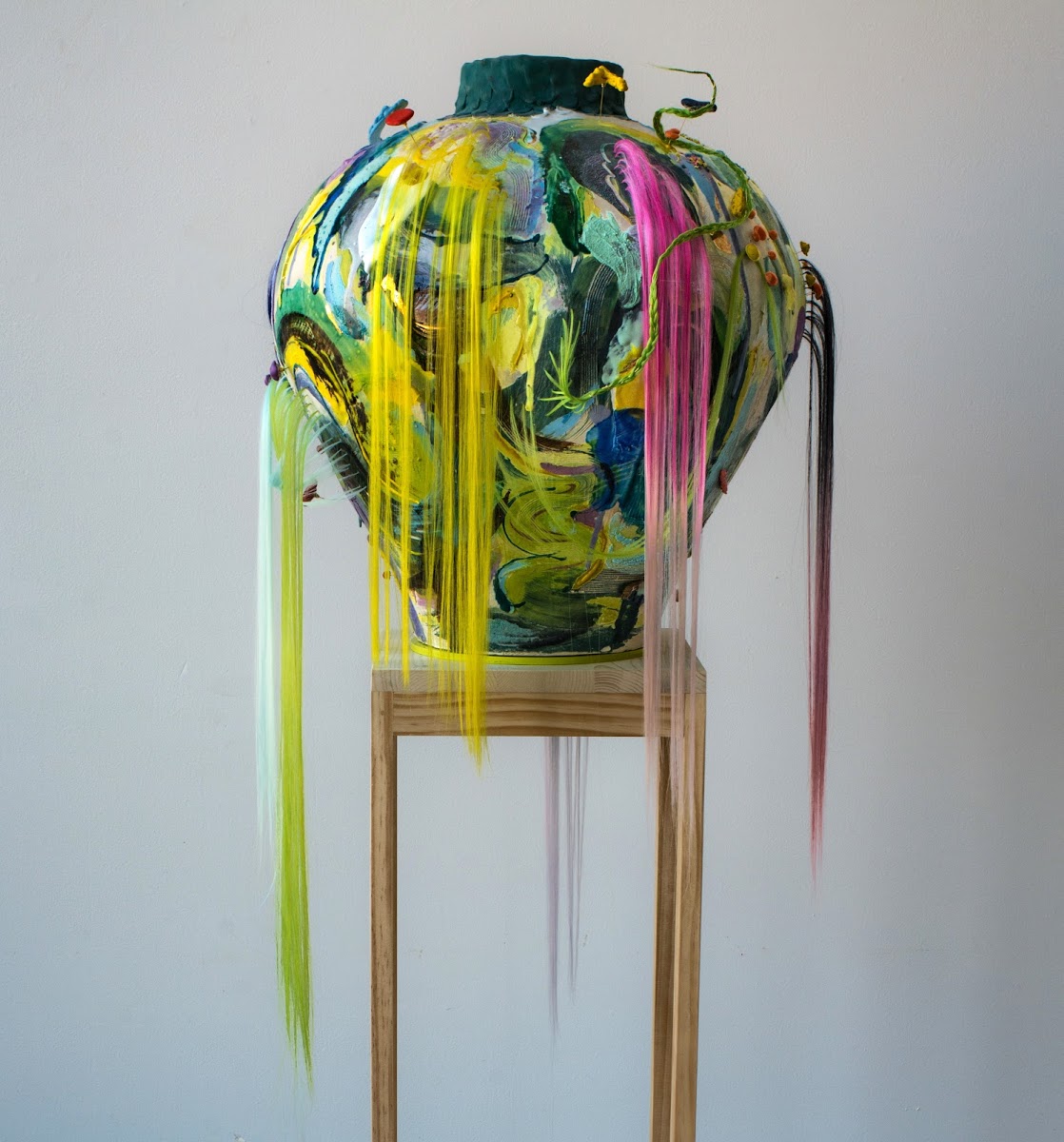
Has life during the pandemic changed your approach in the studio?
Chun: I started doing miniature sculptures using polymer clay. It’s colorful, and I can bake it at home. I take photos of the work from different angles. My partner is really good with technology so he helped me out with Spark AR software. I’m making an app I’m pretty excited about that lets you turn your face into art.
I also started using neon light in my work. I’ve been studying glass-bending at Western Neon here in Seattle. I made this totem to show at NCECA. The wiring was a lot more work than I anticipated!
Hanes: My latest body of work is slipping into a more abstract realm. I’ve been researching Iranian lusterware that was developed 1,000 years ago. You use silver nitrate and bismuth and fire it in a reduction cycle to create an iridescent finish, almost like a mirror. But I haven’t been in the studio lately because of the circumstances. And teaching online has been all-consuming.
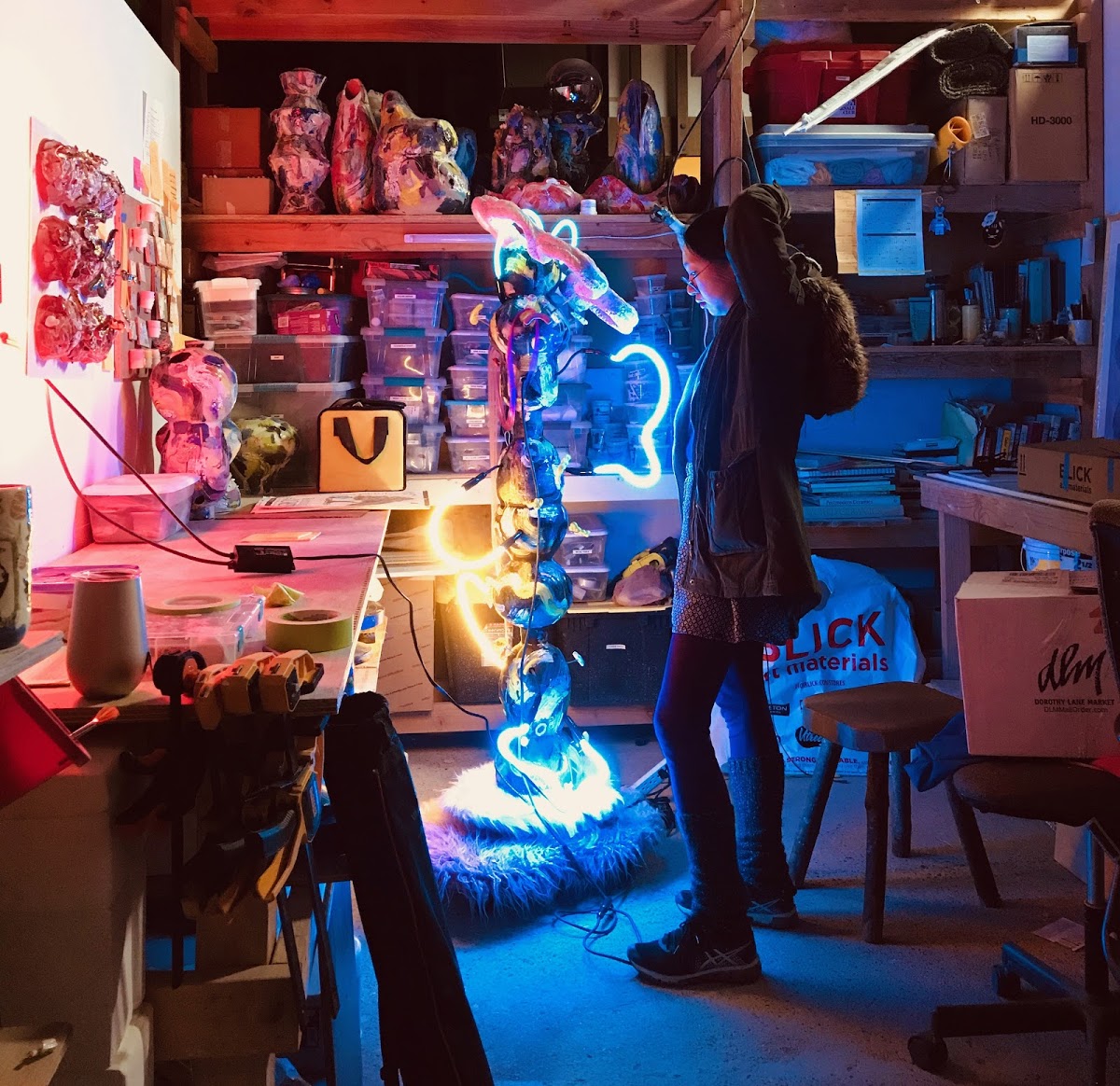
Let’s talk about that. Stephanie, you teach at the University of Washington, Seattle and Ling at North Seattle College. Has the transition to teaching remotely been difficult?
Chun: I’m thankful that I still have my job! We moved everything online and figured out a system that is working.
Hanes: I’m currently teaching Intro to Ceramics, and the majority of my students are non art majors, which is challenging. I had to start from square 1, showing them design principles and concentrating on conceptual rigor. I actually mailed them clay so they could make mixed-media pieces at home. I’m spending so much time on the computer, reworking the curriculum and making video tutorials.
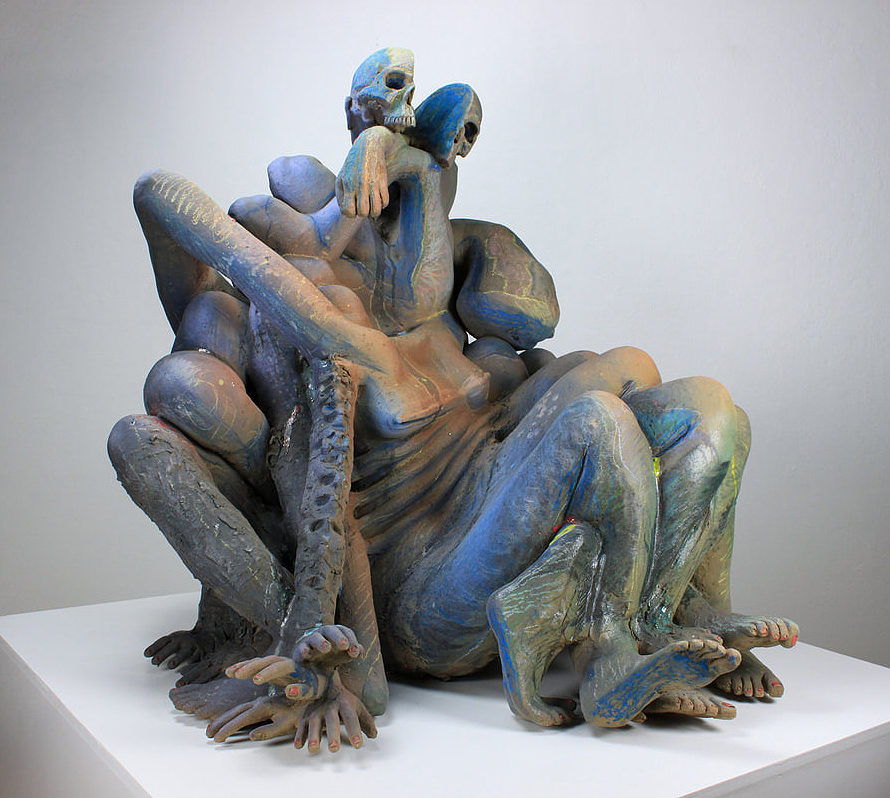
RISD faculty and students struggled with the same issues this spring. Any advice for current students and recent graduates?
Hanes: Don’t stop making. People want to see new work all the time, so you have to keep pushing forward.
“Don’t stop making ... and don’t be afraid to pursue those uncomfortable, scary opportunities.”
Instagram is a really great tool for getting your work out there. That’s where a lot of my opportunities came from. Keep in touch with your professors and don’t be afraid to pursue those uncomfortable, scary opportunities.
Chun: Residencies are the way to go. When I was at RISD, I sent out 30 applications, and I’m always looking for the next thing. When you’re strategizing about where to apply, you can “spy” on the people jurying different competitions and shows to see what kinds of pieces they’ve shown before and get a taste of whether or not your work will fit.
It doesn’t matter if you think you’re not good enough. Even if you are good enough, you might not get it. You just have to keep trying.
—interviews by Simone Solondz / all images courtesy of the artists
June 8, 2020
